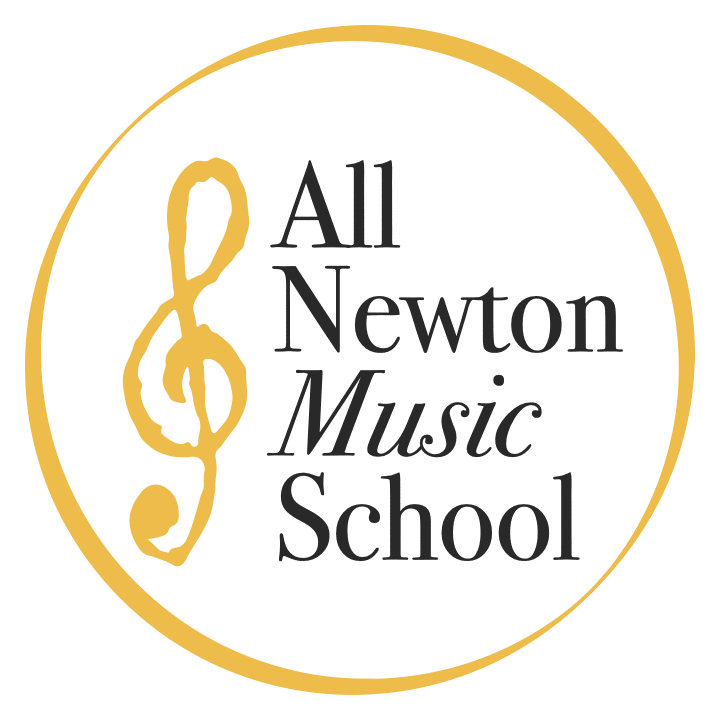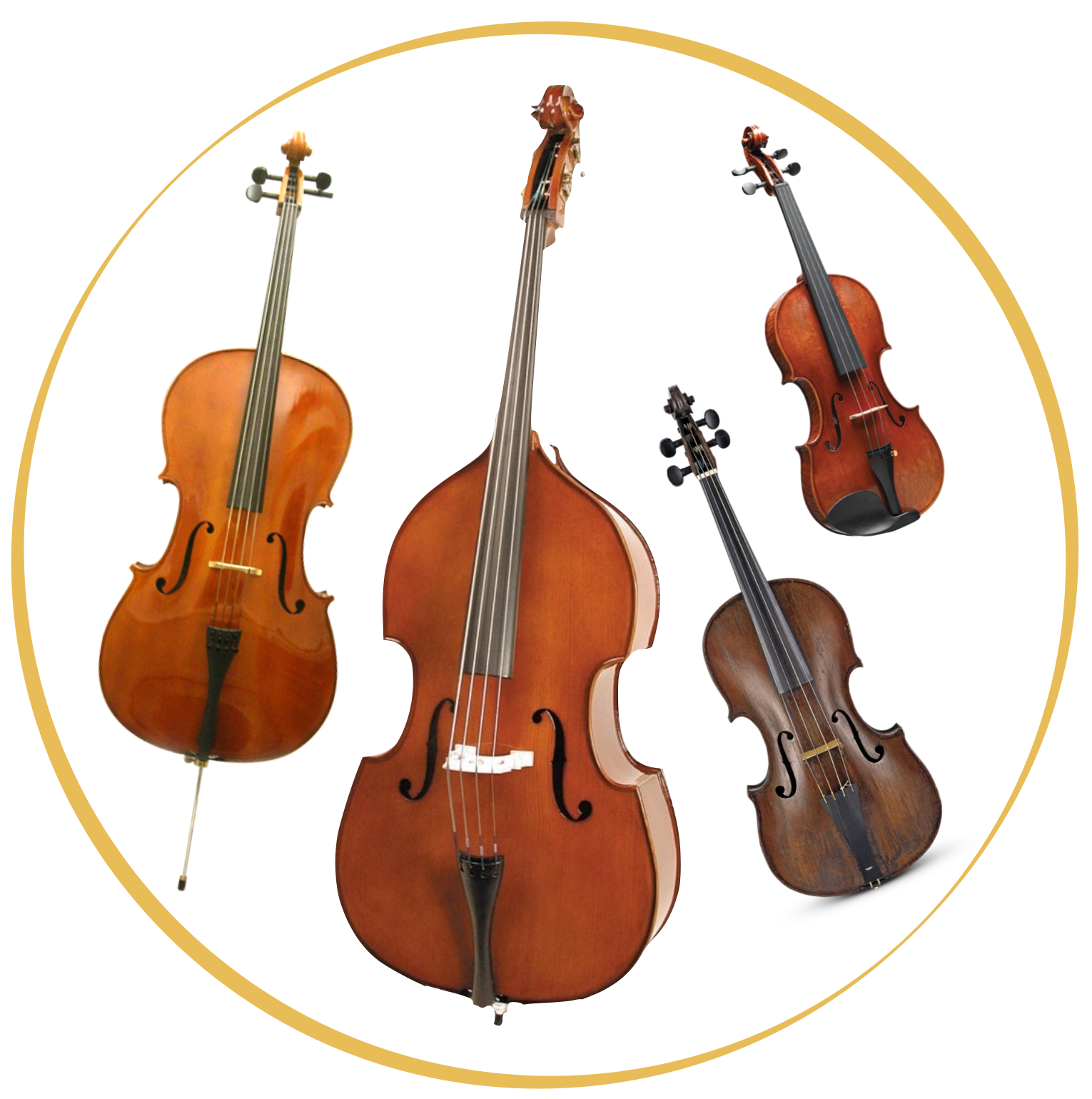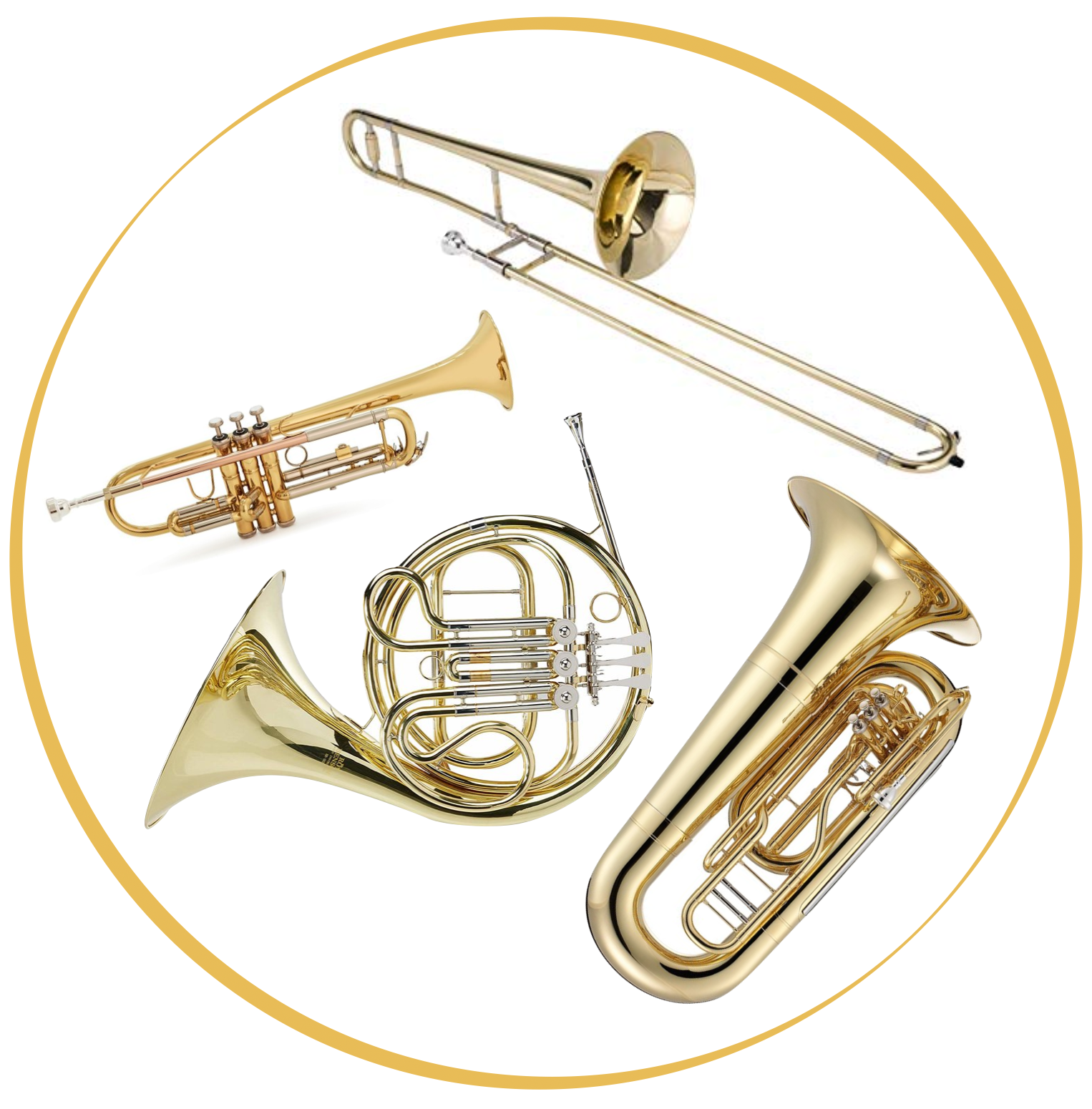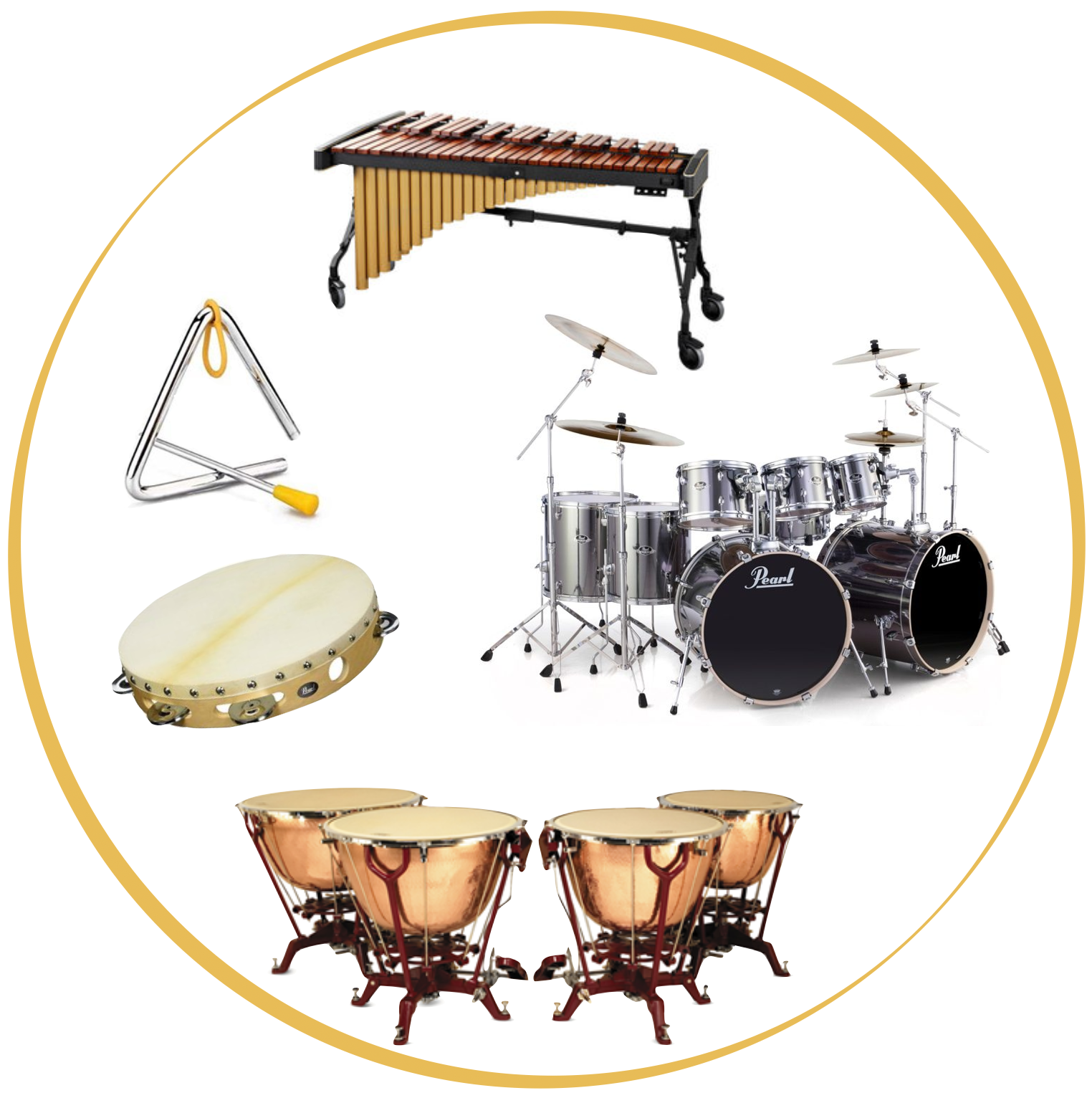The Woodwind Family
Flute - Oboe - Clarinet - Bassoon - Saxophone - Recorder
Originally exclusively made of "wood," the instruments in this family are played by blowing "wind" into the mouthpiece; hence, the very clever name "woodwinds".


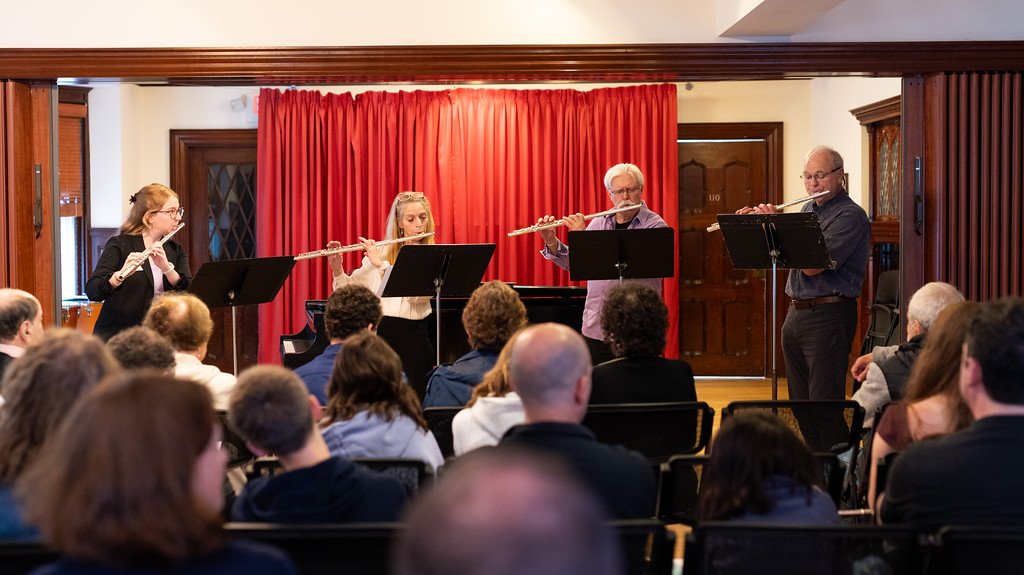
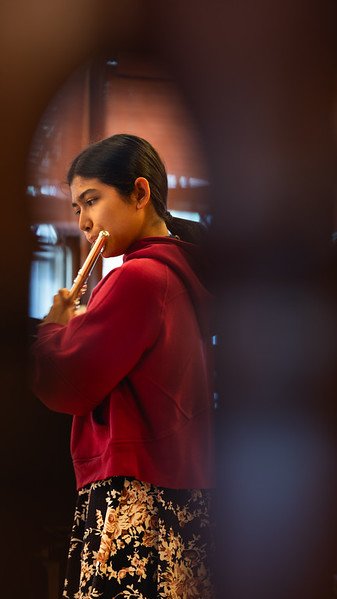
Flute
Personality: Stand out from the crowd! You get to float high above the sounds of the other instruments. You may also find yourself drawn to the smooth and calming sounds of your instrument when practicing at home. The flute is a great fit if making music together with your friends in bands or orchestras at school excites you. Did you know we have small chamber ensembles here at ANMS you can join?
About the instrument: Nowadays, flutes are usually made of silver, gold or platinum. A standard flute is a little over 2 feet long (which is why younger students may use a curved headjoint) and is played by holding it sideways with both hands and blowing across a hole in the mouthpiece, much like blowing across the top of a bottle. Your fingers open and close the keys, which changes the pitch. The flute’s higher pitched cousin is the piccolo.Best age to start: 7 and up
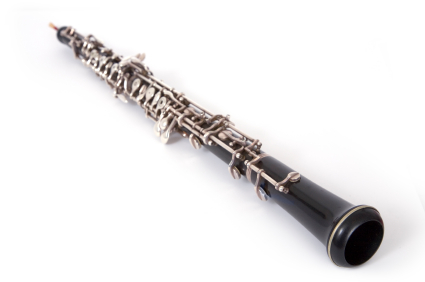
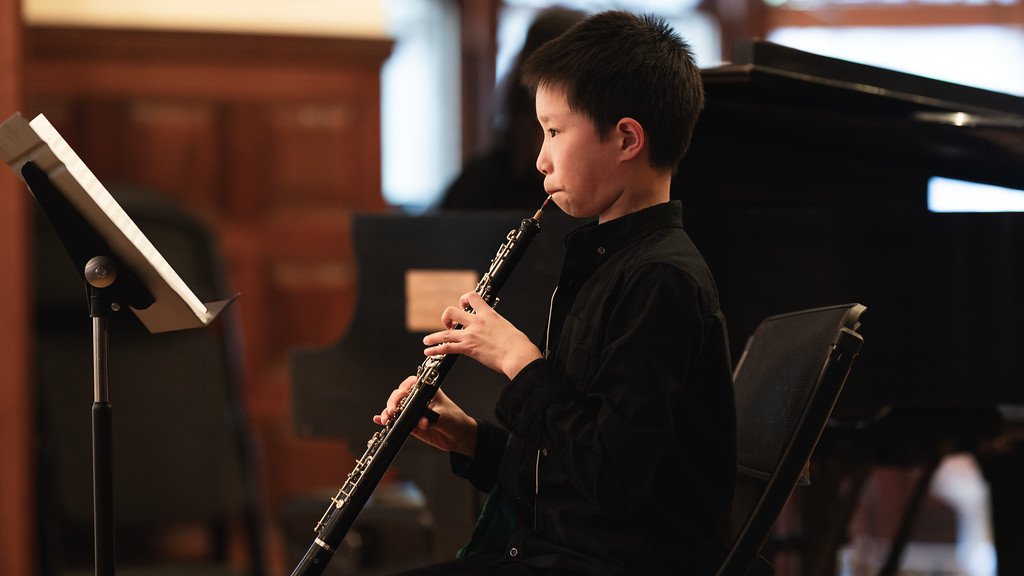
Oboe
Personality: Are you determined and self-motivated? Was listening to the oboe, portraying the duck, your favorite part in Peter and the Wolf? (listen to the clip below) The oboe could be the instrument for you! If you are a natural leader you could be a great candidate for the oboe. Tenacious oboe students often enjoy working diligently towards progress on their instrument.
About the instrument: The oboe uses a double reed mouthpiece, which vibrates when you blow through it. To play the oboe, hold upright, blow through the double reed in your mouth, and use both hands to press down on the keys to open and close the holes which changes the pitch. The oboe can be played to convey frightful sounds to warm, velvety smooth notes, which is why the oboe very memorable. If you've attended orchestra concerts before, you have heard the oboe. This instrument tasked with tuning the orchestra before each concert. Listen for the iconic ‘A’ note that the oboe plays before the music begins.
Best age to start: 7 and up
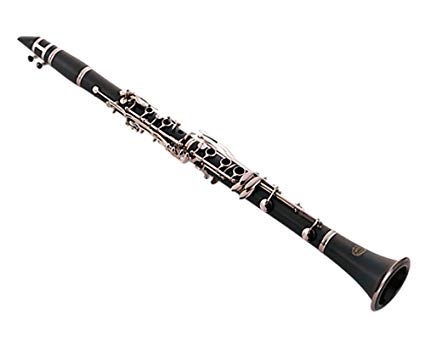

Clarinet
Personality: The clarinet may be a good fit if you like details, are bright, love to laugh, and don’t mind a few squeaks along your way to mastering your instrument! As a clarinet student, you have the opportunity to play with your friends at school in orchestras, bands or even here at ANMS in a clarinet ensemble, like our very own Schön Clarinet Scholarship Quartet.
About the instrument: The clarinet uses a single reed. Clarinets come in a few different sizes, and the standard B-flat clarinet is just over 2 feet long. The clarinet has a dark rich sound in the lower notes, while the upper part of the clarinet's range is bright and resonant. You play the clarinet by holding it upright, blowing through the reed and mouthpiece, and using your fingers to change the pitches by opening and closing the keys.
Best age to start: 7 and up
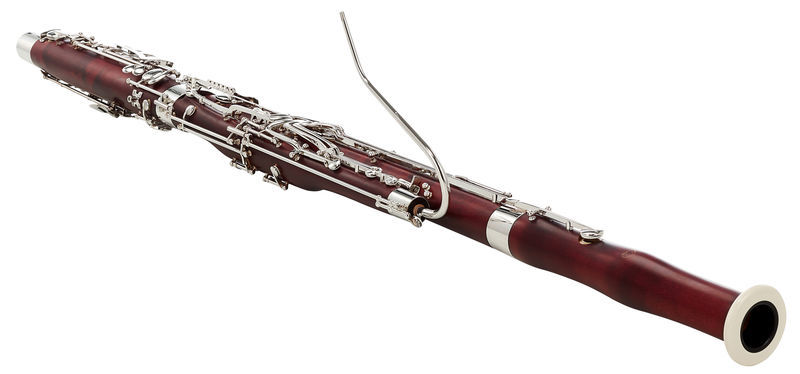
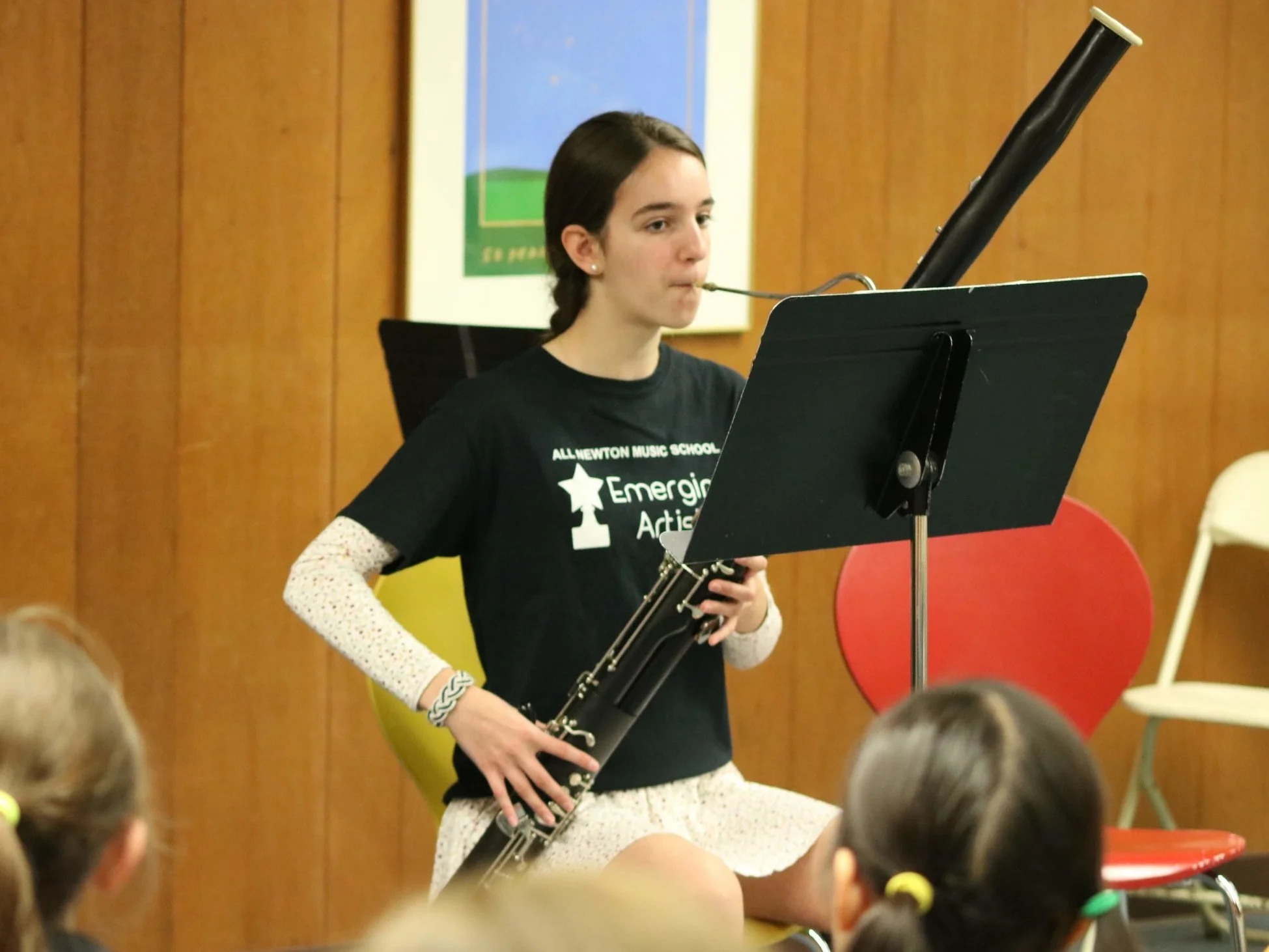
Bassoon
Personality: Not everyone plays the bassoon, how about you? The bassoon is an instrument which shines in any ensemble.
About the instrument: The bassoon is a very long instrument, doubled in half, made of wood, with many keys. The bend in the instrument makes it possible for musicians to play comfortably. If it were straight, the bassoon would be around 9 feet long and no-one could play it! Like the oboe, the bassoon uses a double reed. The bassoon has a similar range to the cello, a stringed instrument. The bassoon is played by holding it upright and blowing through the double reed. The air travels down the tube and then makes a U-turn, going up and out the top. Just like the oboe, both fingers play the keys to change the pitch. From high school and college all the way to professional orchestras, the bassoon is always in demand.
Best age to start: 9 to 12 and up (depending on hand size)
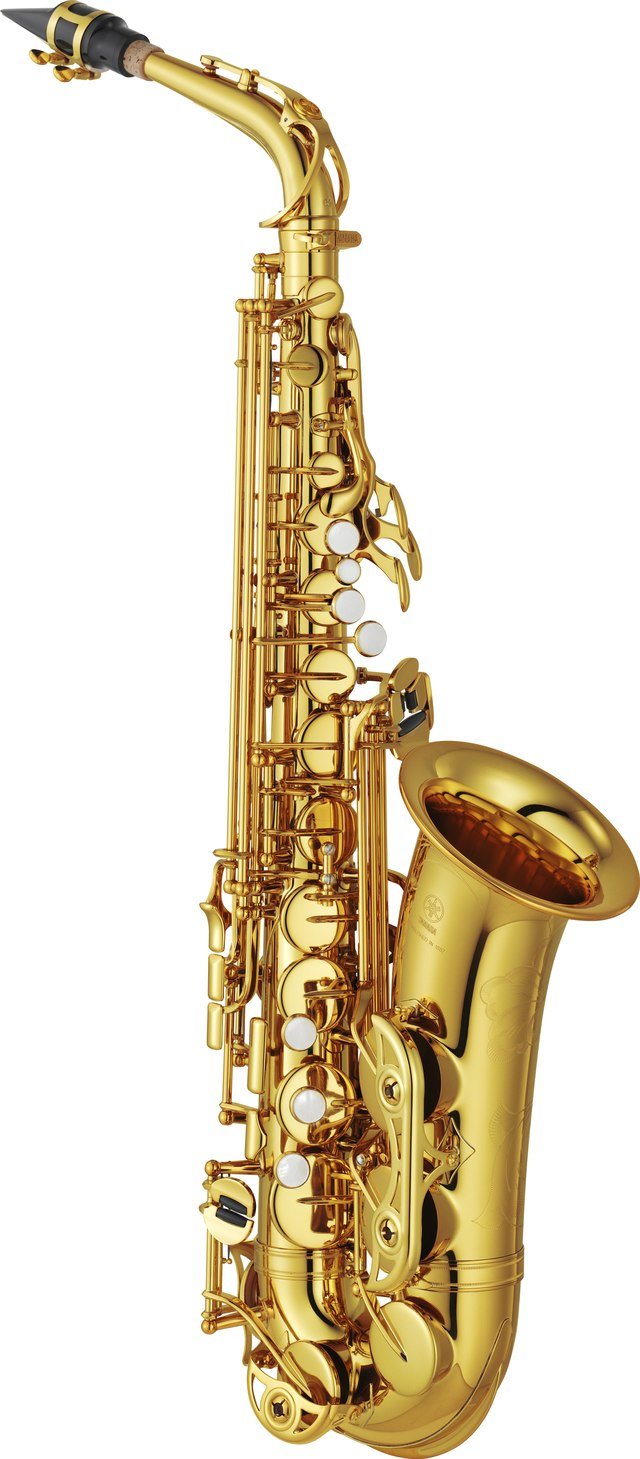
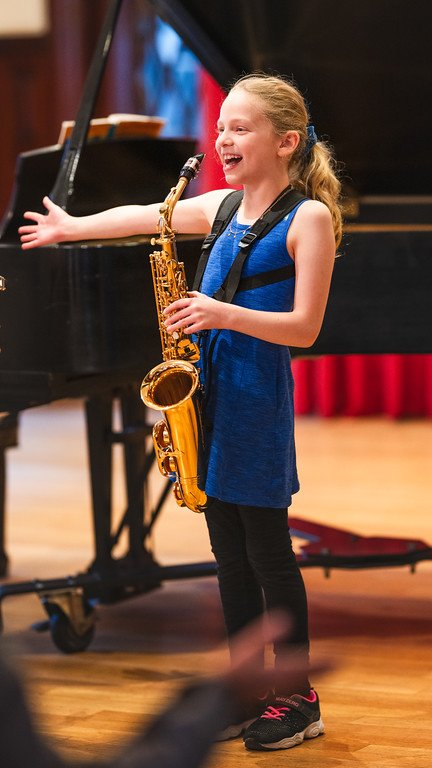


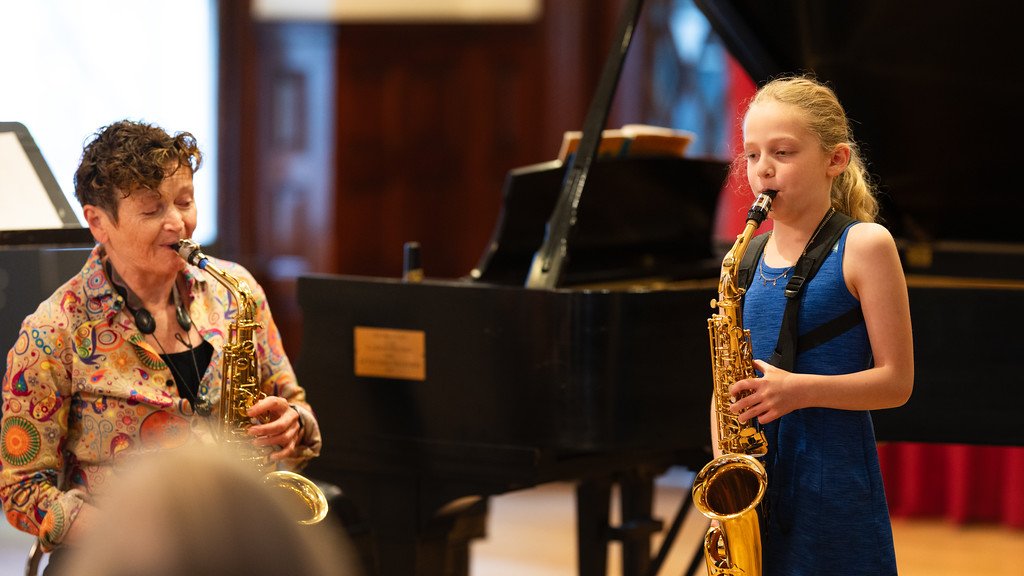
Saxophone
Personality: Saxophonists enjoy getting out into the world and making music with friends. Creative musical improvisation is often encouraged! From the band, orchestra to jazz ensembles, you can have fun in social settings with this instrument.
About the instrument: Don’t be deceived by its outwardly brassy appearance - the saxophone is a woodwind instrument. Saxophones are usually made of brass and played with a single-reed mouthpiece similar to that of the clarinet. The saxophone is played by blowing through the reed and mouthpiece, and using your fingers play the keys. You will often hear the sounds of the saxophone in jazz and popular music. The different saxophones are named soprano, alto, tenor, and baritone (or bari), much like the sections of a chorus.
Best age to start: 7 and up
